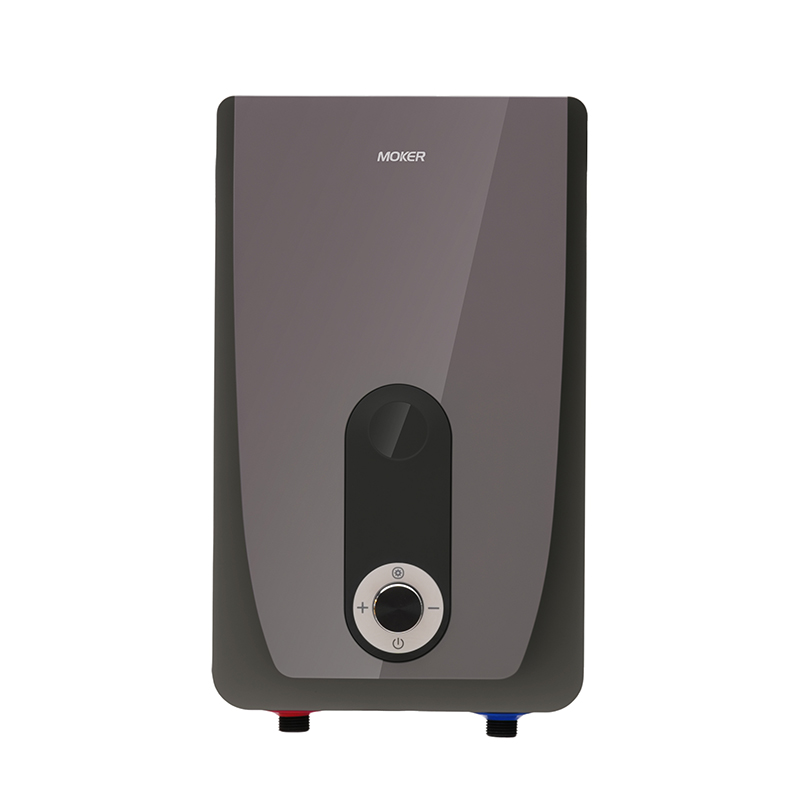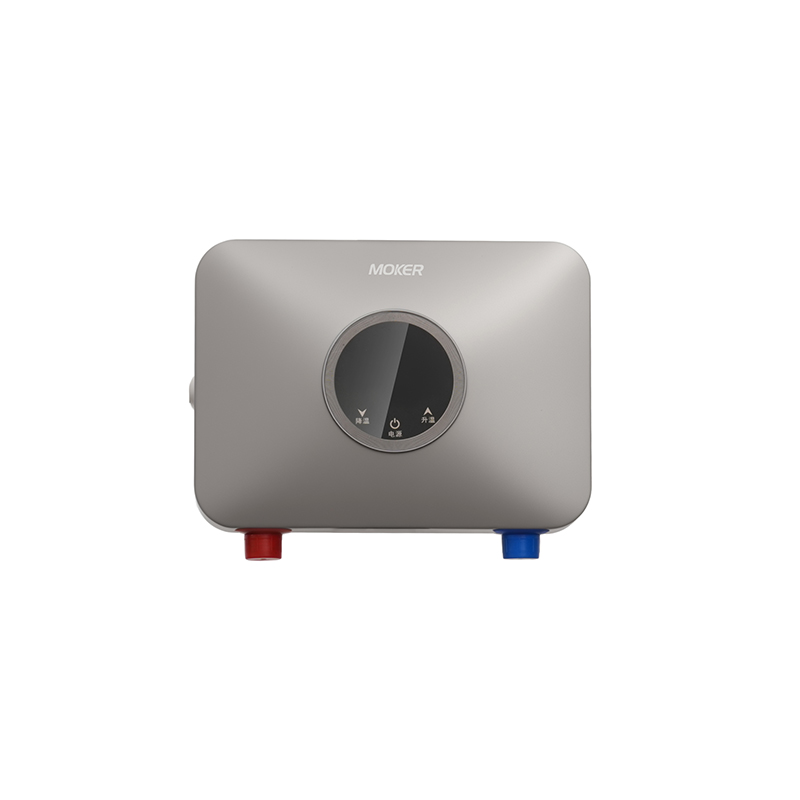Ability to Handle Sudden Water Demand of Different Water Heaters
The ability to handle sudden water demand—unplanned increases in hot water usage beyond daily routines—determines how reliably water heater supports unexpected household needs. Such demands include last-minute guest showers, urgent laundry loads, or simultaneous cleaning tasks. Electric water heater, Tankless Water Heater, Instant water heater, electric tankless water heater, and instantaneous water heater electric each respond differently to these scenarios, based on storage capacity, heating speed, and flow rate limits.
Electric water heater relies on stored hot water to handle sudden demand, with performance tied to tank capacity. A 50-gallon Electric water heater can typically manage one sudden extra task (e.g., a 10-minute guest shower) if the tank was partially full—for example, if a family already used 20 gallons for morning showers, Electric water heater still has 30 gallons left to cover the unexpected demand. However, Electric water heater struggles with multiple sudden tasks (e.g., a guest shower + a load of laundry) because the tank depletes quickly, and heating elements take 30–60 minutes to reheat 20 gallons of water. This leads to cold water gaps until Electric water heater’s tank refills and reheats, making Electric water heater less ideal for households with frequent unexpected visitors.
Tankless Water Heater handles sudden demand through on-demand heating, with limits based on maximum flow rate. A 7 GPM gas-powered Tankless Water Heater can easily add a sudden task like a small load of laundry (using 1.5–2 GPM) while a shower is running (using 2.5–3 GPM), as total demand (4–5 GPM) stays below the unit’s capacity. Even a larger sudden demand—like a guest shower + a dishwasher (total 5–6 GPM)—works with Tankless Water Heater, as the unit modulates its burner to maintain temperature. However, Tankless Water Heater may drop flow rate if sudden demand exceeds its maximum capacity (e.g., two extra showers + a dishwasher totaling 8 GPM for a 7 GPM unit), leading to reduced water pressure until demand eases.
Instant water heater has limited capacity for sudden demand, suited only for small, localized tasks. A 2 GPM Instant water heater can handle one small sudden task—like a last-minute handwashing session or rinsing a few dishes—while already supporting a bathroom sink (using 0.5–1 GPM), as total flow stays under its limit. But Instant water heater cannot manage larger sudden demands, such as adding a guest shower (requiring 2–3 GPM) to its regular use—this overloads Instant water heater, causing temperature drops or even shutdowns due to overheating. Instant water heater’s compact design and low power make Instant water heater best for households where sudden demands are rare and small-scale.
Electric tankless water heater balances moderate sudden demand with consistent performance. A 4 GPM electric tankless water heater can handle a sudden task like a small laundry load (1.5–2 GPM) while a kitchen sink is running (1–1.5 GPM), as total demand (2.5–3.5 GPM) is well within its capacity. Even a slightly larger sudden demand—like adding a guest hand shower (2 GPM) to a bathroom sink (1 GPM)—works, as electric tankless water heater’s elements adjust power to maintain temperature without flow loss. However, electric tankless water heater may struggle with multiple large sudden demands (e.g., two extra showers totaling 5 GPM), as this exceeds its maximum flow, leading to lukewarm water until some demands are completed.
Instantaneous water heater electric has minimal capacity for sudden demand, restricted to tiny, single-task use. A 1 GPM instantaneous water heater electric can handle one extremely small sudden task—like rinsing a single dish or quick handwashing—while already in use for a bathroom sink (0.3–0.5 GPM). But any larger sudden demand, such as adding a second handwashing session (0.5 GPM) to its regular use, pushes instantaneous water heater electric beyond its limits, causing flow reduction or temperature inconsistency. instantaneous water heater electric’s micro-scale design means instantaneous water heater electric is only reliable for households where sudden demands are limited to ultra-small, brief tasks.
Matching water heater to the frequency and size of sudden demands ensures reliability. Electric water heater works for occasional single sudden tasks, Tankless Water Heater handles multiple moderate sudden demands, Instant water heater suits rare small sudden tasks, electric tankless water heater balances moderate unexpected needs, and instantaneous water heater electric manages only tiny sudden tasks. Choosing a water heater based on this ability prevents frustration from cold water or low flow during unplanned household moments.





